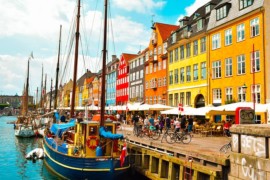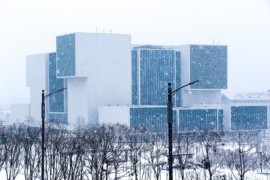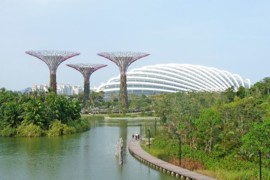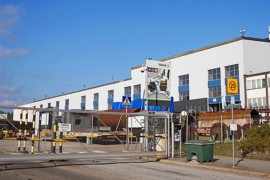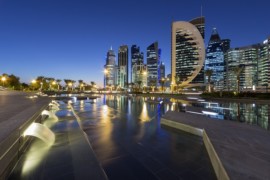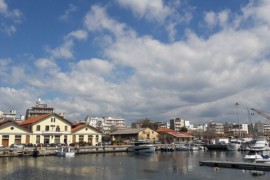CPCU, CLIMESPACE, Paris Smart City 2050: These three names make the French capital a modern metropolis and an international reference point in heating and cooling networks. How do these three entities work? What technologies are used? What power do they deliver?
CPCU, the precursor
Great city, great network. The Parisian Society of urban heat (CPCU) has operated the largest heating network in France since 1927, while most other networks in the country date back only to the second half of the twentieth century!
Owned by the City of Paris and Cofely, the heating network is more than 470 kilometres long. It supplies heat and hot water to the equivalent of 460,000 homes, or a third of Parisian homes. It also supplies hospitals, hotels, companies, communities, monuments, museums, train stations, schools and universities, sports centres, shopping centres … It should also be noted that the steam delivered by the CPCU can also be used in certain industries and services (laundry, catering …).
The CPCU draws on a diverse energy mix, consisting of biomass, coal, fuel oil or natural gas. A total of 11 production sites supply the CPCU heating network, all of which are directly connected to the vapour transport network in order to increase the reliability of the heat distribution service.
Climespace, for cooling
It is simply the biggest district cooling network in Europe. Climespace, which has continued to develop in Paris since 1991, has about 71 km of pipelines. Nearly 600 customers (hotels, offices and museums – like the Quai Branly) are connected.
Climespace uses the cold water of the Seine to consume less energy, since refrigeration systems are cooled to over 50% by the water of the river that runs through the capital. A meshed and interconnected network then distributes ice water (between 1 and 5 ° C) to the connected buildings. This network borrows in part the network of sewers in Paris. Ice water then joins different customer delivery points, which are linked to the secondary network. Everything is monitored remotely by a control centre 24 hours a day and 7 days a week.
What are the main advantages of the solution proposed by Climespace compared to conventional air conditioning? A reduced carbon footprint, reasonable prices and perfect integration into the landscape.
Paris Smart City 2050, for the future
Where will Paris in 2050? How will energy be managed, given that there will have to be a 75% reduction in greenhouse gas emissions by 2050? Where will the heating come from? It is to answer all these questions and many others that the city of Paris launched the proposed Smart City Paris 2050 project.
Using smart grids, vegetated positive energy towers, agriculture in the city, inhabited bridges … the answers provided by the Belgian architect Vincent Callebaut, and selected by the Urban Ecology Agency of the city of Paris, are surprising in many respects. We’ll look in depth at the proposal at a later time.
Paris is undoubtedly already a heating and cooling network benchmark. With the Smart City project Paris in 2050, it could become even more of a trendsetter. To be continued!
Image source: Flickr (Stig Nygaard)


